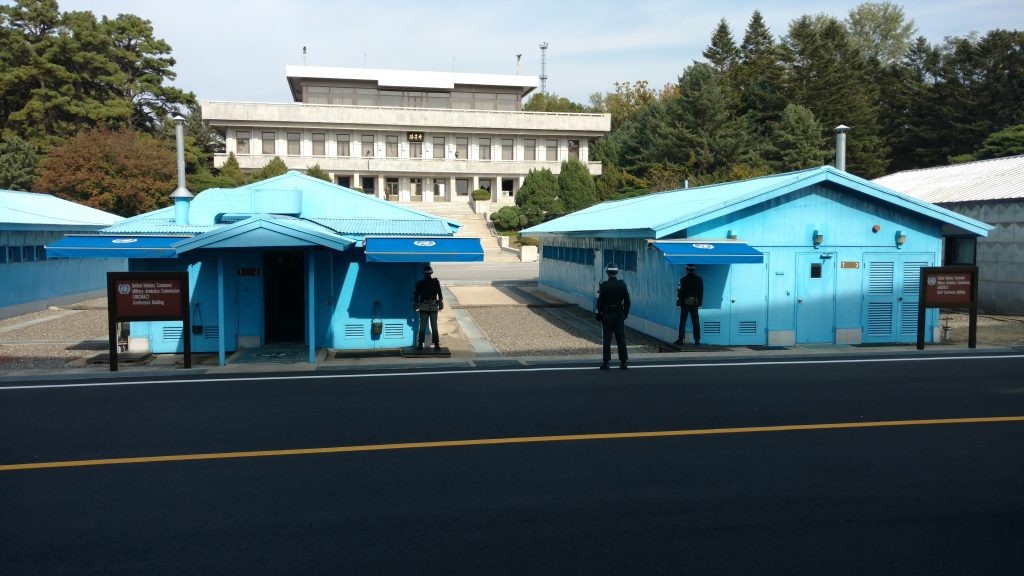North Korea’s isolation often obscures its true size. Many wonder, just how big is North Korea compared to a familiar area like Texas? While seemingly a simple question, understanding the comparison requires looking beyond just square mileage. This article explores the size difference between North Korea and Texas, providing context through population density and geographical nuances.
Size Comparison: North Korea vs. Texas
North Korea covers approximately 46,540 square miles. Texas, on the other hand, boasts a significantly larger area of 268,596 square miles. This means Texas is almost six times larger than North Korea. Visualizing this difference can be striking: imagine nearly six North Koreas fitting comfortably within Texas’ borders.
Beyond Square Mileage: Population Density
While Texas dwarfs North Korea in landmass, the population difference is less drastic. North Korea has an estimated population of 25 million, while Texas holds around 29 million. This disparity in land size and population results in a significant difference in population density. North Korea is far more densely populated than Texas. This density impacts living conditions, resource allocation, and overall societal structure.
Geographical Considerations
Comparing the geography of these two regions further highlights their differences. Texas features diverse landscapes, from coastal plains to deserts and mountains. North Korea’s terrain is more mountainous, impacting agricultural practices and infrastructure development. This mountainous terrain also contributes to North Korea’s relative isolation.
The Impact of Size and Isolation
North Korea’s smaller size and geographical characteristics contribute to its isolationist policies and centralized control. The country’s limited arable land and dense population create unique challenges for resource management and economic development. Conversely, Texas’ vast size and diverse geography allow for a more decentralized population and a broader range of economic activities. Understanding these geographical differences provides crucial context when comparing the two regions.
Conclusion
Comparing the size of North Korea to Texas reveals more than just a difference in square mileage. The disparity in landmass, coupled with population density and geographical features, provides insights into the distinct challenges and opportunities faced by each region. While Texas is significantly larger, North Korea’s smaller size and dense population contribute to its unique political and social landscape. Understanding these differences offers a more nuanced perspective on the complexities of global geography and political realities.
